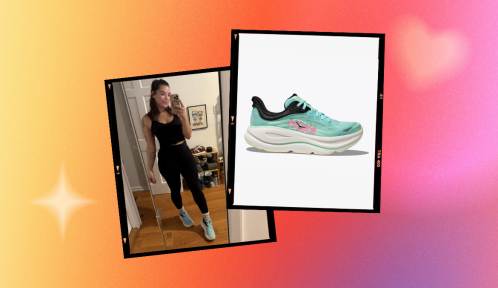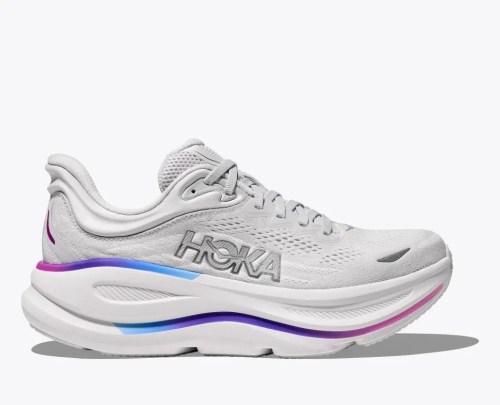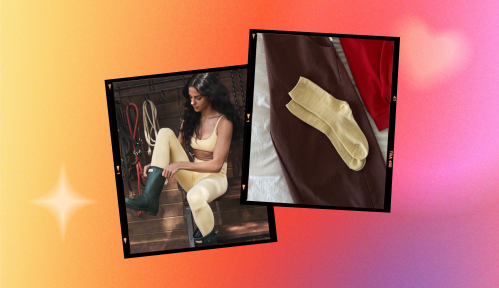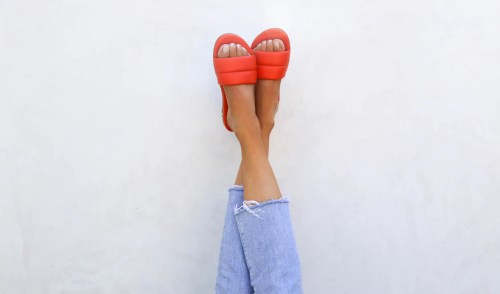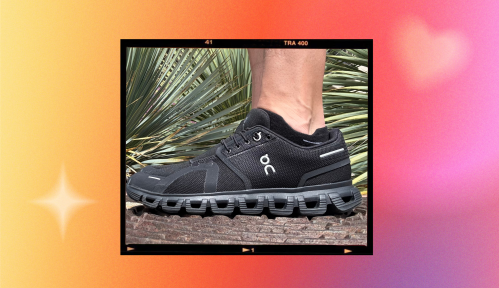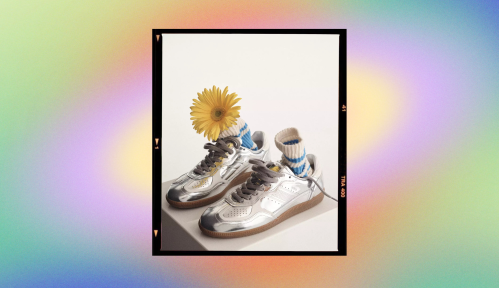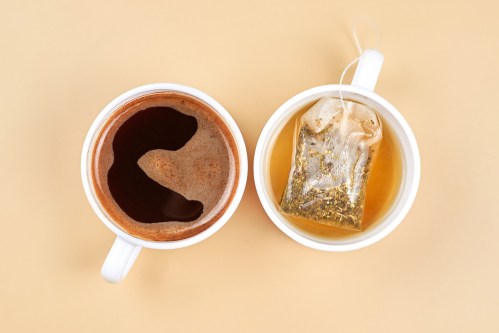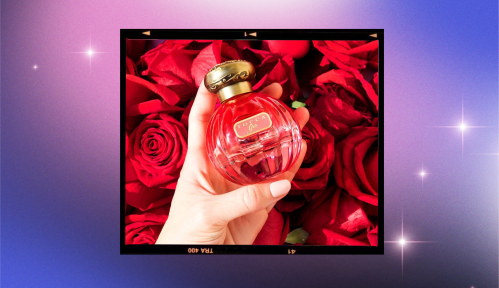Our editors independently select these products. Making a purchase through our links may earn Well+Good a commission
The Hoka Bondi has always been unapologetically maximalist. It’s big, bold, and has sky-high cushioning that kicked off a revolution in running shoes. But despite its standout comfort used by everyone from nurses to marathoners, past versions felt more like walking shoes than true running shoes because of their bulk. Now—with the release of the redesigned Hoka Bondi 9 ($170)—this shoe is finally living up to its full potential. With softer foam, a more responsive feel, and a stable base, this version is ready to run.
Hoka Bondi 9 — $170.00
Colors: 6 | Sizes: US 4 – 12 | Weight: 9.3 oz | Heel-to-toe drop: 5 mm
Pros:
- Cushioned but stable for a variety of paces
- Upgraded supercritical EVA foam for a softer, more responsive feel
- Durable for daily training
Cons:
- Ankle cuff is relatively stiff
- Not the fun color selection I’ve come to expect from Hoka
First impressions of the Hoka Bondi 9
The Bondi 9 stays true to Hoka’s roots, and my first thought when unboxing it was that it hasn’t gotten any sleeker—but it’s still all about the comfort. Right out of the box, the thick cushioning looked as inviting as ever. I pushed my thumb into the foam to assess its softness and rebound and was pleasantly surprised to find it a bit more plush than the Bondi 8.
The aesthetics left me feeling a little underwhelmed though. The pair I tested came in a minty green (Blue Spark/Mint Fluorite) with a contrasting black ankle cuff that felt mismatched. When I checked the other available palettes online, I was disappointed to find that few of them delivered Hoka’s usual vibrant, head-turning colors. Hopefully, more options will roll out in the future.
My review
What I love
Over two weeks, I logged more than 25 miles in the Bondi 9 sneakers, testing them during walking and running workouts, including hours-long incline “hikes” on the treadmill and interval training.
I was most impressed by their performance during brisk walks and when I picked up the pace for running intervals. The cushioning feels slightly firm at slower speeds but has a satisfying bounce when running faster. For full transparency, I’m prone to shin splints, and I felt a bit of shin discomfort during slow jogs, but the pain disappeared when I transitioned to a faster pace.
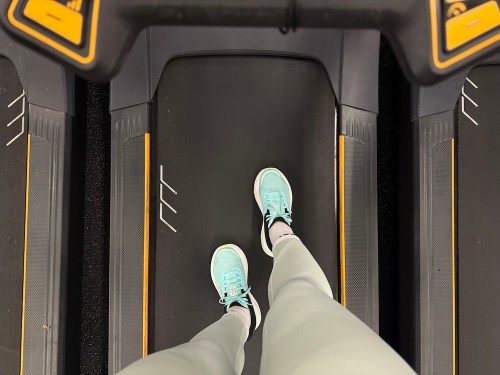
That said, the new supercritical EVA foam is a huge step up from the Bondi 8, which I considered more of a walking shoe than a running shoe due to its firmer, less responsive cushioning. The Bondi 9 offers a softer, springier feel, making it versatile for both activities.
On the treadmill, I noticed the shoe’s exceptional stability. Many max-cushioned shoes can feel wobbly underfoot (especially on the treadmill, where I tend to space out), but the Bondi 9’s wide base and “Active Foot Frame” technology create a secure, supportive ride.
And in my short testing period, this shoe felt super durable. Hoka also incorporated “durabrasion rubber” into the outsole to combat high-wear areas, which should extend the shoe’s longevity. I haven’t tested it long enough to notice any degradation, but knowing the legacy of the Bondi line, I have no doubts it will last for hundreds of miles.
What I don’t love
That said, the Bondi 9 has a few downsides. I found the toe box snug during the first few miles, which required a bit of a break-in period before I felt fully comfortable. If you have wider feet, consider ordering the wide version to avoid this issue. I also think that the padded upper might feel a bit thick in hot weather, as it lacks breathability.
Final thoughts
The Bondi 9 isn’t Hoka’s flashiest or fastest option (My go-to for speed work is the Mach X and I prefer the Clifton 9 for long runs), but it’s a really solid shoe with serious durability that outlasts anything else that the brand offers. Unlike race-day shoes that you need to care for like a baby, this is a pair you can confidently wear for daily training, errands, and long walks without worrying about the cushioning wearing out too quickly.
If you’re a beginner runner curious about max cushioning, the Bondi 9 is a fantastic place to start. It’s cushy, versatile, and plush without feeling unstable—a rare combo for a max-cushioning shoe.
Sign up for the Well+Good SHOP Newsletter
Get exclusive deals on wellness, beauty, fitness, and food products that have been hand-picked by our editors.
Got it, you've been added to our email list.
